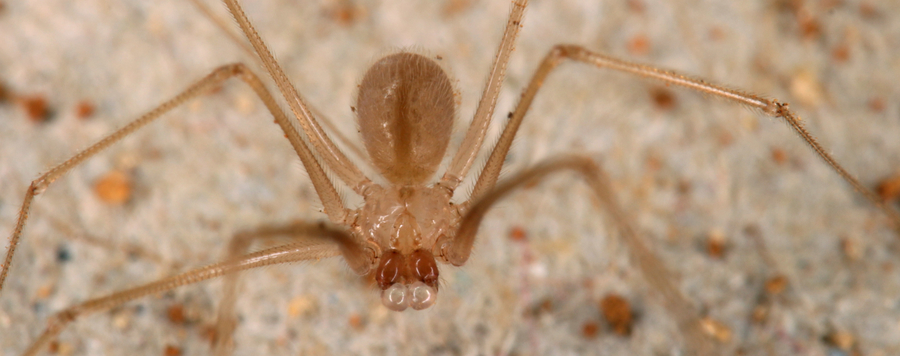
Cave-dwelling pholcid spiders
Pholcidae are ubiquitous spiders in tropical and subtropical caves around the globe, yet very little is known about cave-dwelling pholcids beyond what is provided in taxonomic descriptions and faunistic papers. This paper provides a review based on a literature survey and unpublished information, while pointing out potential biases and promising future projects. A total of 473 native (i.e. non-introduced) species of Pholcidae have been collected in about 1000 caves. The large majority of cave-dwelling pholcids are not troglomorphic; a list of 86 troglomorphic species is provided, including 21 eyeless species and 21 species with strongly reduced eyes. Most troglomorphic pholcids are representatives of only two genera: Anopsicus Chamberlin & Ivie, 1938 and Metagonia Simon, 1893. Mexico is by far the richest country in terms of troglomorphic pholcids, followed by several islands and mainland SE Asia. The apparent dominance of Mexico may partly be due to collectors’ and taxonomists’ biases. Most caves harbor only one pholcid species, but 91 caves harbor two and more species (up to five species). Most troglomorphic pholcids belong to two subfamilies (Modisiminae, Pholcinae), very few belong to Smeringopinae and Arteminae, none to Ninetinae. This is in agreement with the recent finding that within Pholcidae, microhabitat changes in general are concentrated in Modisiminae and Pholcinae.





